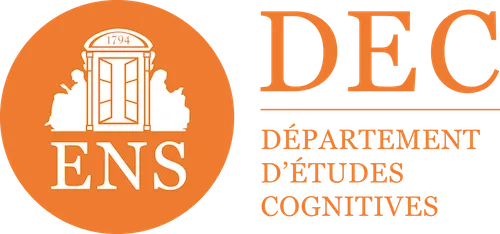

For successful learning, focus attention on the essentials
Focusing attention on the essentials must become one of the pillars of successful learning
Focus attention on the essentials
The first feedback on your e-learning is unquestionable: The learners find the course videos too monotonous. For the next session, you plan to add well-paced background music to each video to make your journey more dynamic. Your training content may be more engaging, but will your learners have actually learned anything? No, the research tells us: on the contrary, they may be less well armed at the end of the training than those of the previous session, because their attention will no longer be as focused on the educational background of the videos.
Faced with the temptation to scatter, Focus attention on the essentials must establish itself as one of pillars of successful learning, without which your learners will be unable to memorize and practice what you teach them.
Working memory, the gateway to learning
To understand theheed, you must first understand the working memory, this resource that allows us to temporarily store information for the time it is processed and then to store it in memory if it is relevant. In this working memory, all the information from our environment that our attention chooses to process enters.
In a learning situation, course concepts should come first, but if learners are checking their email or listening to music at the same time, their working memory is partially occupied by these stimulations: However, working memory space is limited.
The role of the training designer is therefore twofold: he must both ensure that the learning situation is limited in distractions and that the concepts of the course are sufficiently emphasized to have direct access to our working memory!

Point your learners in the right direction
The negative effect of distractions for learning is simply explained if we use the image of memory as a forest in which the learner searches for his way to find information. When too many distractions happen at once, it's as if every possible path is surrounded by bright signs “It's this way!” or “Follow me!” : so much competing information that prevents you from finding your way around!
On the other hand, when you only present useful information, you can find your way through the various possibilities without too much effort: without distracting content, you manage to process the right information at the right time. The apprenticeship is then successful.
Practical advice for teachers and trainers

- Show your diagrams step-by-step rather than showing everything at once: A learner will better remember how the human heart works if you draw their attention to distinct stages such as relaxation and contraction separately (as in the image above), rather than if you present them with a general diagram of the heart where all the information is on the same level.
- When you use color, sound, it must be to highlight the important content and only this one : “Visual salience” helps draw attention to the right place. However, be careful not to abuse it!
- However, do not hesitate to multiply the presentation formats of a single concept : if it is the same concept, attention will not be scattered, and learning will on the contrary be reinforced. Sobriety is not synonymous with monotony!

sourcing
by Fockert, J.W., Rees, G., G., Frith, C.D., & Lavie, N. (2001). The role of working memory in visual selective attention. Science, 291(5509), 1803-1806.
Mayer, R.E., Heiser, J., & Lonn, S. (2001). Cognitive constraints on multimedia learning: When presenting more material results in less understanding. Journal of Educational Psychology, 93, 187—198
Mautone, P.D., & Mayer, R.E. (2001). Signaling as a cognitive guide in multimedia learning. Journal of Educational Psychology, 93, 377—389
Make an appointment directly with our eLearning experts for a demo or simply more information.














